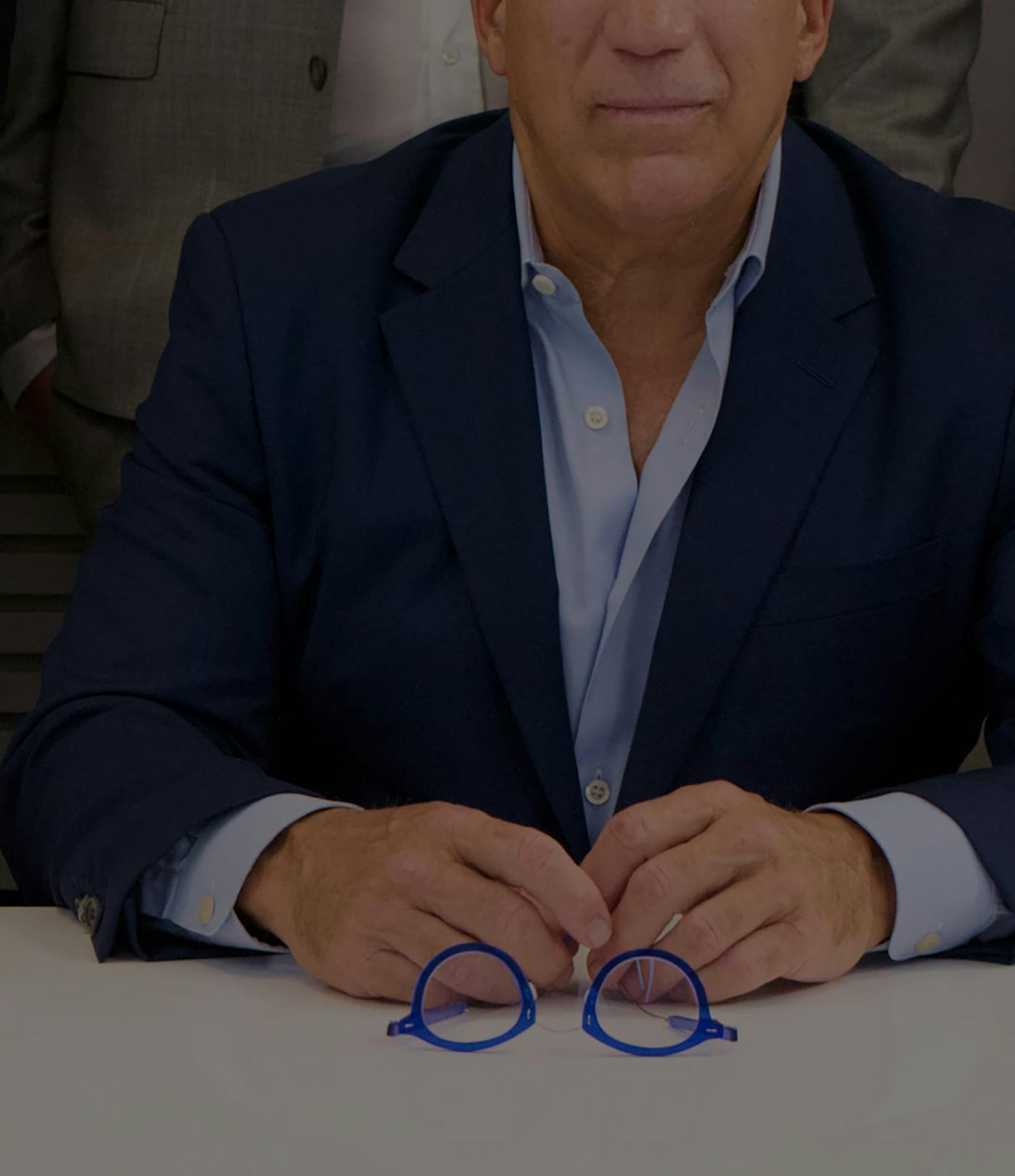What Are Amalgam Fillings?
Amalgam fillings are the traditional silver fillings many people have in their teeth to treat cavities caused by tooth decay. Dentists often call them:
- Silver fillings
- Dental amalgam
- Mercury fillings
Many European countries have banned their use, but the American Dental Association (ADA) insists that mercury fillings pose no health risk. Dentists worldwide still use this cheap amalgam in people’s mouths — including children and pregnant women.
They are known to expose people (including children) to poisonous mercury vapors, leading to mercury toxicity. Despite evidence against their use, they are still legal and used frequently in dental care.
Why People Choose to Have Them Removed
People go for amalgam removal mainly because of the high mercury content and the risks of mercury toxicity. In some cases, leaving the fillings in may be the safer option, though, as removing these fillings temporarily increases your mercury exposure. It’s important to consult your dentist to decide if removal is right for you.
Daily activities like brushing your teeth, drinking hot beverages, or grinding your teeth can release mercury vapors you breathe in. Over time, this exposure may contribute to mercury poisoning (or mercury toxicity), which may cause:
Another reason some patients opt for removal is purely cosmetic. The metallic color of amalgam fillings can be distracting, and many prefer a natural, tooth-colored alternative.
Note: Even the World Health Organization (WHO) has recommended that countries begin the process of phasing down the use of mercury amalgam fillings by 2030, especially in vulnerable populations or when other options are available. These recommendations come from the 2013 Minamata Convention.









